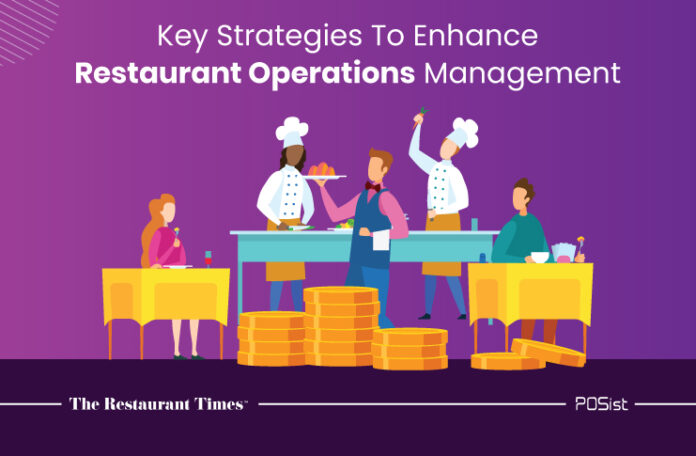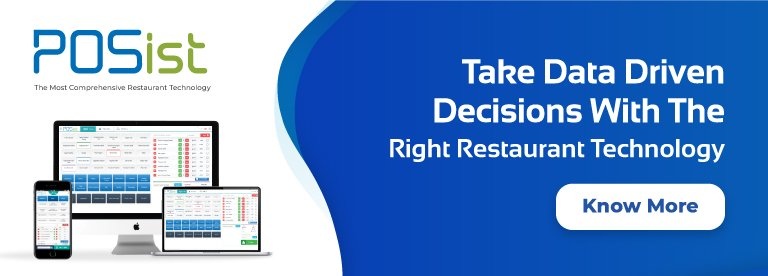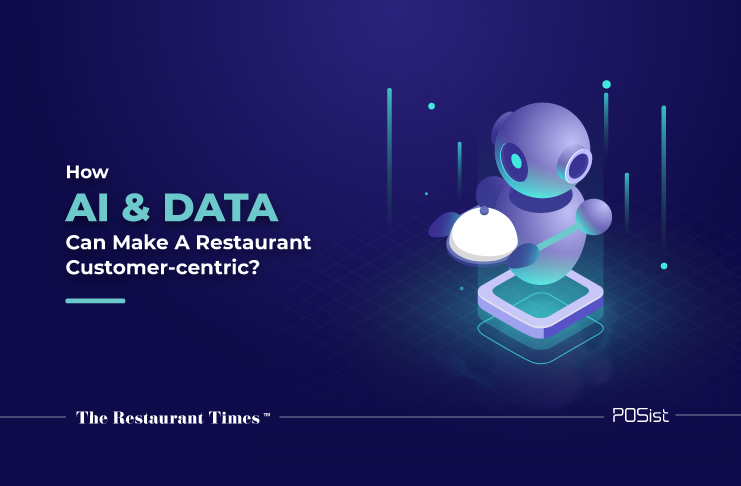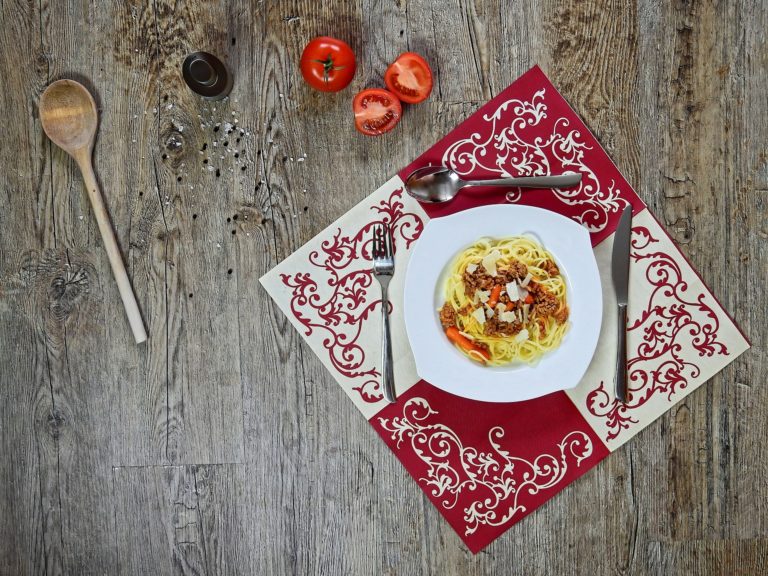A restaurant depends on multiple processes to run smoothly. From managing the inventory to training the staff to be competent in the kitchen and with the customers, the restaurateur needs to take care of it all. A lag in any one of them can impact other processes downstream. Effective operations management is thus vital to run a successful restaurant business. By leveraging the latest best practices, you can implement advanced technology solutions, optimize your budget, hire and retain competent staff, and benefit from real-time data analytics.
Top Ways Of Enhancing Restaurant Operations Management
This article aims to highlight the major aspects of restaurant operations management and how you can ace each one of them. Here are some tips to enhance your restaurant operations and maximize profits.
1. Incorporate Technology
Technology has played a significant role in driving customer convenience, efficiency and cost savings for restaurants. For example, in the ‘new normal’ restaurants have gone contactless by introducing contactless payments, QR code ordering and other online ordering services.
Nowadays restaurants collaborate with third-party delivery services like Zomato or Swiggy to interact with a wider range of customers. Restaurants with their own websites provide a smooth and hassle-free service like online ordering, pre-booking, and other important information about the restaurant.
With the incorporation of POS, many F&B brands have successfully launched personalized marketing campaigns. This includes SMS and email marketing which helps in engaging with valuable customers. Online orders and quick billing has not only increased table turnover but has also reduced wait time for customers.
2. Hire Competent Staff
Your restaurant staff are the flag bearers who represent your restaurant, so hiring staff with the right soft skills is the key. Your hiring should be based on certain traits which are important for maintaining relationships with the customer such as loyalty, positivity, humbleness, etc. The staff must go above and beyond to make the customers comfortable. However, finding suitable staff is often a huge challenge for a lot of restaurant owners.
As for the kitchen staff, look for competent cooks who know what they are doing. A chef who burns or spills inventory will cause damage to the kitchenware and incur extra repair and inventory costs. Furthermore, you must make sure that your restaurant manager is proficient in managing all restaurant operations and is able to maintain a good rapport with both front- and back-of-the-house staff.
3. Conduct SWOT Analysis
SWOT Analysis is a technique that is used to analyze a restaurant’s strengths, weaknesses, opportunities and threats. A lot of restaurants are using this technique to maximize profits.
Strength: What are your restaurant’s key strengths- a popular dish or menu, customer satisfaction, ambience or world-class employees? Just tap into your restaurant’s strengths and it will surely keep you one step ahead of your competitors.
Weakness: If the restaurant is lagging on some fronts, make sure to act quickly. Accepting the weak spots gives you an opportunity to work on flawed areas which will benefit restaurant sales.
Opportunity: The restaurant industry is full of opportunities waiting to be discovered. One needs to be attentive towards the market needs in order to grab opportunities like hosting events or giveaways, participating in food festivals etc.
Threat: Preparing for potential threats can make your restaurant business more survivable. Identifying the threats in time but will also provide a better perspective and help you come up with plausible solutions. For instance, post-pandemic, restaurants were equipped with all the necessities for providing safe service.
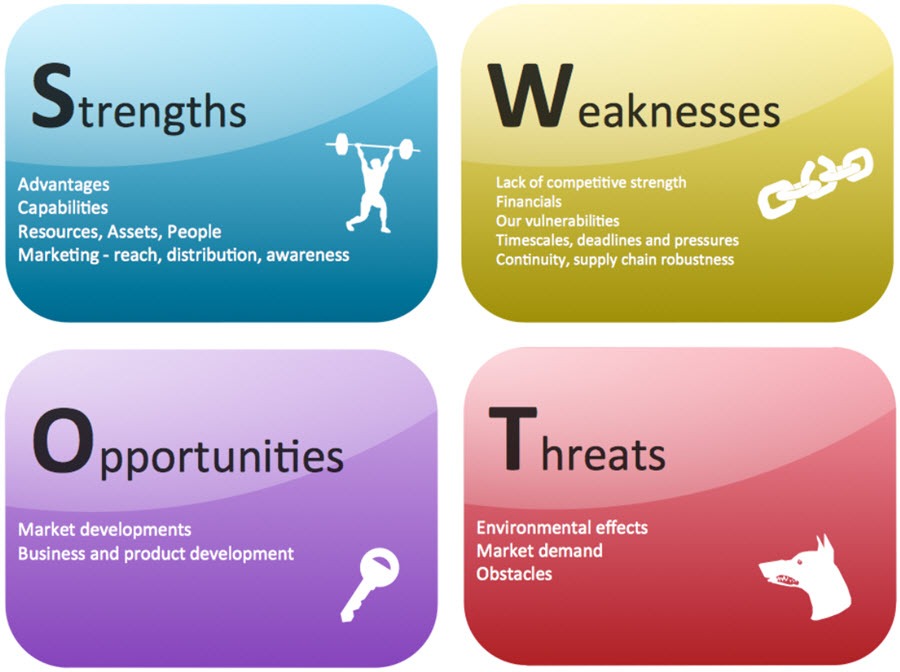
4. Track Metrics
Tracking business metrics is crucial for any restaurant. Restaurant owners can track their performance as well as improvise operations using a sound POS system. Tracking metrics of a restaurant means calculating the efficiency of different operations. For example, keeping an eye on daily sales reports can allow you to compare your growth against that of your competitors.
Let’s discuss a few restaurant metrics which are very important for a smooth functioning restaurant.
- Cost of Goods Sold (CoGS) = (Inventory in the beginning of the month) + (Inventory purchased in the month) – (Inventory at the end of the month)
- Labor Cost Percentage = Labor Cost / sales
- Prime Cost = CoGS + Total labor cost
- Food Cost Percentage = Item Cost / Selling Price
- Gross Profit = Total Revenue – CoGS
- Inventory Turnover Ratio = [CoGS / (Beginning inventory + Ending inventory) / 2]
5. Have A Good Kitchen Layout
These days restaurateurs are so concerned about the ambience that they overlook the functionality aspects entirely. For example, they fail to understand that a good kitchen layout is just as important for the efficient flow of orders. A perfect kitchen layout means ample storage facilities and working areas that can support the preparation of dozens of orders simultaneously, thereby maximizing your sales.
Another option that has become popular is integrating the kitchen area with a sitting area. This has led to an increase in customer satisfaction as they can see chefs at work in a clean and comfortable cooking environment, and also the type of equipment used for preparing the meals, etc. Also, a well-maintained kitchen stacked with emergency equipment like fire extinguishers prevents accidents and increases customer confidence.
6. Manage Customers Well
Customers are a restaurant’s real brand ambassadors. If customers are happy with your service, you don’t need a billboard to promote your brand, your customers will do the job. For that, you need to ensure that customers have a nice experience from the moment they enter the restaurant to the time that they leave. The management team must focus on creating a comfortable environment for them.
You must keep in mind that no customer is the same, so dealing with each one of them requires patience. Try providing a hassle-free and memorable experience; this will earn a loyal customer to your restaurant. Go above and beyond with your service to impress your customers and in no time your restaurant will be a hit.
Restaurant operations management is one of the most crucial steps in any business. It is tough to implement everything at once but is definitely beneficial in the longer run. Restaurants that invest in operations management are more likely to succeed as compared to the rest.


